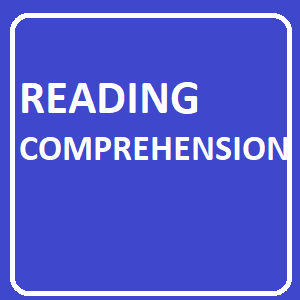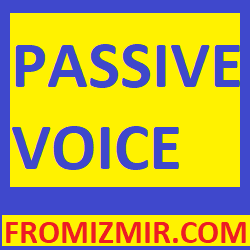1- According to the passage, what has technology advancement changed?
A) Our social interactions
B) Our daily routines
C) Our physical health
D) Our educational systems
Answer: A) Our social interactions
The passage states that technology advancement has drastically changed the way we communicate and interact with each other, indicating that our social interactions have been affected.
2- What is one of the concerns raised about social media?
A) Privacy and mental health
B) Accessibility and usability
C) Financial implications
D) Technological limitations
Answer: A) Privacy and mental health
The passage mentions that the shift in communication methods, particularly through social media, has raised concerns about privacy and the impact on mental health.
3- Based on the passage, what is the benefit of social media platforms?
A) Instant connection with people worldwide
B) Increased physical activity
C) Enhanced academic performance
D) Financial stability
Answer: A) Instant connection with people worldwide
The passage states that social media platforms allow us to connect with people from all over the world instantly, indicating that instant connection is a benefit.
4- According to the passage, what impact has social media had on communication?
A) Drastic changes in communication methods
B) Decreased communication effectiveness
C) Limited access to communication tools
D) Increased face-to-face interactions
Answer: A) Drastic changes in communication methods
The passage mentions that technology advancement has drastically changed the way we communicate and interact with each other, indicating that social media has had a significant impact on communication methods.
5- Which statement can be inferred from the passage?
A) Social media has only positive effects on mental health.
B) Social media platforms are the only means of communication.
C) Technology advancement has no impact on daily routines.
D) Social media raises concerns about privacy and mental health.
Answer: D) Social media raises concerns about privacy and mental health.
The passage explicitly states that the shift in communication methods, particularly through social media, has raised concerns about privacy and the impact on mental health.
6- What is the main topic of the passage?
A) The benefits of technology advancement
B) The impact of social media on mental health
C) The history of communication methods
D) The future of social media platforms
Answer: B) The impact of social media on mental health
The passage primarily focuses on the concerns and impact of social media on mental health.
7- Which phrase best describes the role of social media platforms?
A) Irrelevant in today’s society
B) Essential for personal development
C) Harmful to interpersonal relationships
D) Beneficial for business growth
Answer: B) Essential for personal development
The passage highlights that social media platforms have become an integral part of our daily lives, suggesting that they are considered essential for personal development.
8- What is one of the potential drawbacks of using social media?
A) Enhanced creativity and self-expression
B) Decreased sense of privacy
C) Improved mental well-being
D) Strengthened interpersonal connections
Answer: B) Decreased sense of privacy
The passage mentions concerns about privacy in relation to the use of social media, indicating that it can lead to a decreased sense of privacy.
9- What is the author’s attitude towards technology advancement?
A) Negative and critical
B) Positive and optimistic
C) Indifferent and neutral
D) Confused and uncertain
Answer: B) Positive and optimistic
The passage portrays technology advancement as a significant change in the way we communicate and interact, suggesting a positive and optimistic perspective.
10- What is the purpose of the passage?
A) To promote the use of social media platforms
B) To discuss the history of communication methods
C) To raise awareness about the impact of social media
D) To provide a guide on using social media safely
Answer: C) To raise awareness about the impact of social media
The passage discusses the concerns and impact of social media, indicating that its purpose is to raise awareness about the topic. |


